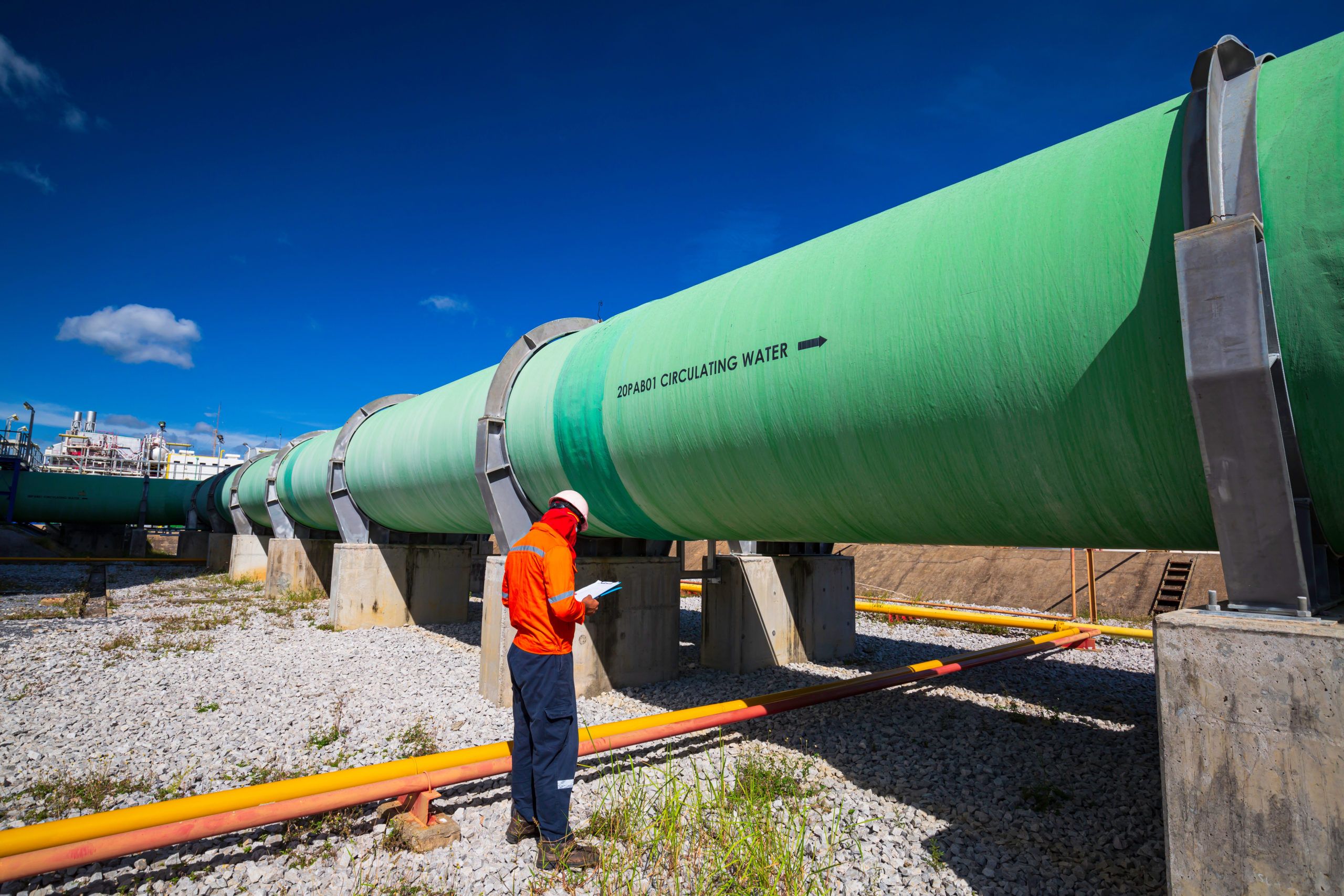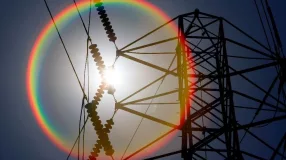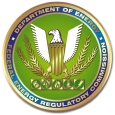Reliability
With robust design standards and strong regulatory oversight, natural gas transmission pipelines have an enviable reliability record. INGAA members own and operate nearly 200,000 miles of interstate natural gas transmission pipelines. The network spans our country and provides access to geographically dispersed production and storage to ensure supply flexibility and…
With robust design standards and strong regulatory oversight, natural gas transmission pipelines have an enviable reliability record. INGAA members own and operate nearly 200,000 miles of interstate natural gas transmission pipelines. The network spans our country and provides access to geographically dispersed production and storage to ensure supply flexibility and delivery to areas of consumption, supporting overall energy reliability.
The U.S. natural gas transmission system includes a network of pipelines owned and operated by different corporate entities. The network is an integrated system that provides multiple pathways from producers to consumers, thereby reducing dependence on any single pipeline and promoting reliability, efficiency, and competition. In addition, underground gas storage provides an additional gas supply option for use during peak days or when there are natural gas production shortfalls.
In the face of a serious weather event, INGAA member companies routinely perform exceedingly well. A survey of interstate pipeline operators conducted by INGAA found that from 2006-2016, pipelines delivered 99.79% of “firm” contractual commitments; in other words, delivery occurs without interruption to transportation customers at primary delivery points in their contracts except in extraordinary circumstances. This record of reliability isn’t by chance or luck; INGAA members work each and every day to deliver on their commitments to customers.
Natural gas and its related infrastructure are also critical to a reliable, secure, and affordable clean energy future. In fact, it’s because of natural gas, partnered with renewable energy, that the U.S. can reach global climate goals without sacrificing reliability or affordability.
Natural gas is both a foundational fuel and a complement to renewable forms of energy, and in many regions is already used to complement the deployment of renewable sources of energy by providing an on-demand fuel source that can be easily ramped up or down.
Natural gas demand will become increasingly critical to ensuring electric reliability in the coming years as the U.S. increases its adoptions of renewables.
Q&A
Natural gas is the largest source of electricity in the United States, accounting for more than 42% of electricity generation from utilities and independent power producers in 2023, a 7% increase from 2022, according to FERC’s State of the Markets Report. Some power plants use natural gas to power steam boilers, combustion turbines, or both, which then generate the electricity carried long distances via the power grid to residential and commercial buildings and industrial facilities.
The United States currently has 2,077 natural gas-fired power plants and an additional 10 natural gas-fired power plants with 1.8 GW of capacity are expected to be added in 2024. These plants are critical, as the North American Electric Reliability Corporation, the organization responsible for ensuring the reliability of the national electric grid, explained, “natural gas is the reliability fuel that keeps the lights on, and natural gas policy must reflect this reality.”
Pipeline operators typically offer two main types of transportation services:
1) Firm service guarantees delivery without interruption (except in extraordinary circumstances) at the customer’s primary firm delivery point. Firm is the most reliable service; an INGAA survey found interstate pipelines delivered 99.79% of firm commitments to customers’ primary delivery points.
2) Interruptible service (IT) is less expensive than firm service and does not offer a guarantee of delivery. Pipelines may suspend, reduce, or not schedule IT in accordance with FERC policy and the pipeline’s tariff.
Interstate natural gas pipelines do not sell natural gas, only transportation services. FERC requires interstate pipelines multiple times a day to post on their public websites how much space or “capacity” is available for transportation at (1) “receipt” points where gas enters the pipeline, (2) along the pipeline, (3) “delivery” points where customers can take gas off the pipeline, and (4) in storage fields (as applicable).
Pipelines post additional information on a customers’-only website, including the volumes currently scheduled for delivery through the pipeline for each pipeline segment and data on gas flows such as customer-specific imbalances, which occur when a customer takes more gas off the pipeline than it puts on.
Finally, pipelines must publicly post an “index” of their firm transportation customers that includes the identity of each customer on the pipeline, the type of service the customer purchased, the maximum volume the customer may transport under its contract, whether the customer is receiving a discount or a “negotiated” rate, and the customer’s receipt and delivery points. This information can help non-firm customers who need firm capacity only for a limited number of days (like many power plants) identify firm customers and potentially negotiate an agreement to take a firm customer’s capacity on the pipeline during periods of high demand.







